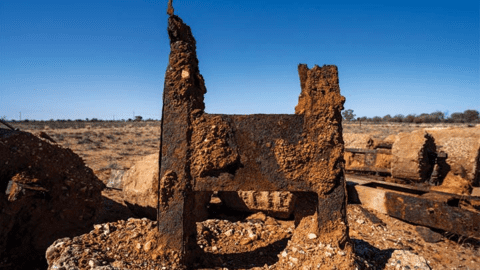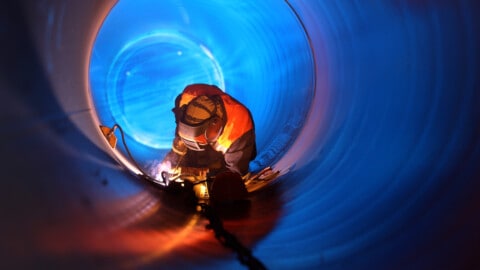A major concern in the highways maintenance industry relates to continued strikes to buried utilities (electricity, gas, telecommunications, and water), their potential to seriously injure excavation teams, and associated costs arising from utility repairs.
Anyone planning to excavate should contact utility owners and operators for information about their utility location and status. But statutory records can often be outdated and do not always reflect as-built information.
During excavation, more than a third of services uncovered are not marked on drawings. Many services that are encountered are at non-standard depths. Therefore, relying solely on utility drawings to locate buried utility services will dramatically increase the likelihood of a utility strike during excavation.
Before excavating, any team should undertake a utility survey to verify the positions of buried utilities. A cable locator and signal transmitter are the preferred equipment to help the operatives locate buried cables. But utility strikes still occur.
So how do large civil engineering companies protect their workforce and protect the buried assets by reducing utility strikes?
Leading civil engineering companies Balfour Beatty and Mott MacDonald made the decision to significantly reduce utility strikes, not only to reduce lost production, workforce downtime, and delays to works, but to protect their workforces.
When looking at how operatives work, they noticed no evidence existed on how pre-excavation surveys were undertaken. If a strike occurred, the investigation process required extended time on site, interviewing and collating the paperwork to undertake a thorough report.
Understand what causes utility strikes
The first step was to understand the causes of strikes, and identify if the problem related to training or technical issues. Collecting the data in the field has helped Balfour Beatty and Mott MacDonald’s health and safety teams, and the Continuous Improvement Manager, to develop strategies for improvements.
Both companies upgraded their fleets of cable locators to the latest Digicat750i buried utility locators from Leica Geosystems Detection, which record how the instruments are used in the field, where they have been operated and provide the capability to send the data back to a central location for reporting in real time.
Every second, the Digicat750i records all elements of operation to help build a comprehensive report on how the survey was undertaken before any excavation has occurred.
Geographical data can be overlaid onto Google Maps to confirm the right location has been surveyed. Even Google Maps StreetView adds an extra element to the report.
Support the excavation teams
A team of 120 operatives working on their Highways Asset Support Contract, Area 10, undertook in-depth training to accurately locate buried utilities, the functions of the Digicat750i, and used different location methods appropriate to their site conditions.
With the introduction of the Digicat750i, Balfour Beatty and Mott MacDonald can access the located data through the LOGiCAT VU cloud-based system. All operators upload the locator data in the field via the LOGiCAT VU mobile app. The data can be analysed immediately in the office, to provide evidence of best practice. Data will indicate shortfalls and provide guidance for additional training.
Using the Digicat750i in conjunction with the Logicat VU software, Balfour Beatty and Mott MacDonald are able to record buried services, develop detailed plans and update every time a survey is undertaken. As projects progress, more comprehensive detailed plans of the utility network can be developed and made available to all maintenance teams.
All this leads to zero strikes
Since December 2015, with the combined introduction of the Digicat750i, LOGiCAT VU and comprehensive training programs within Area 10, the initiative has seen a significant reduction in service strikes with no recorded incidents.
Not only has Digicat reduced utility strikes and protected excavation teams, it has also reduced costs associated to lost production, workforce downtime, and repairs.
This partner content is brought to you by C.R Kennedy. For more information, visit survey.crkennedy.com.au














